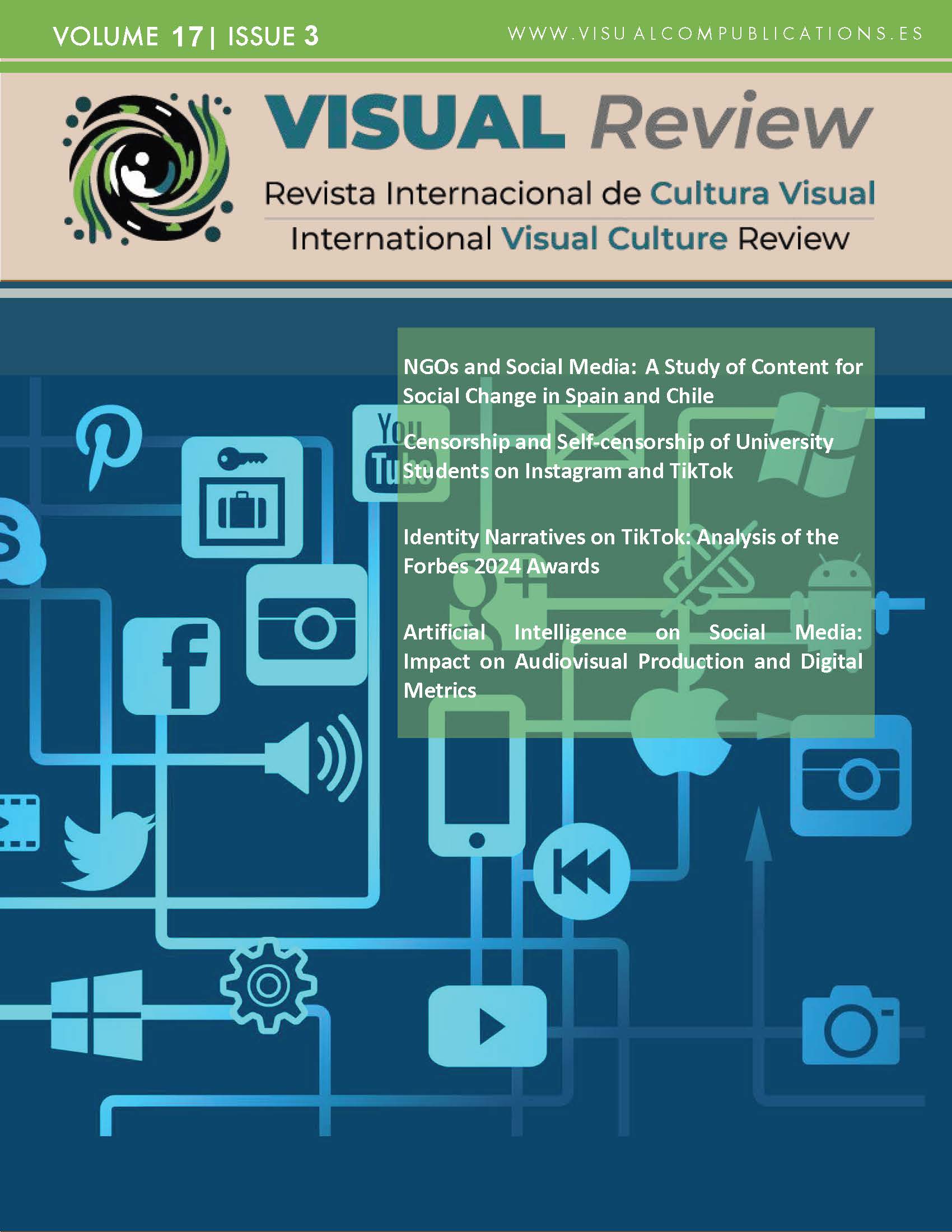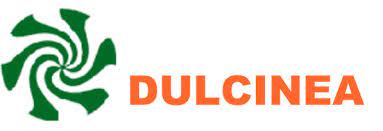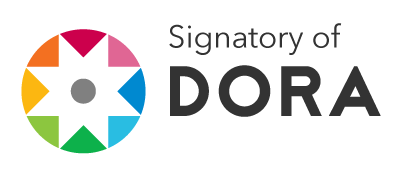The Image of the Feminist Movement in the Field of Brands
An Analysis of the Paradigmatic Case of Grrrl Clothing
DOI:
https://doi.org/10.62161/revvisual.v17.5701Keywords:
Feminism, Instagram, Empowerment, Purpluewashing, Brand, Advertising, GrrrlAbstract
The inclusion of the feminist movement in the field of brands faces the risk of commodification of its discourse and therefore of denaturalization of its claims. We analyze the communication of the brand Grrrl Clothing and reflect on the incorporation of feminist precepts in its discourse throughout 239 Instagram posts between 2015 and 2024 through the standard structuralist method. Far from purplewashing maneuvers we evidenced an effort to build a sisterhood of women with a high degree of commitment and alignment with the demands of the third wave of feminism.
Downloads
Global Statistics ℹ️
|
401
Views
|
272
Downloads
|
|
673
Total
|
|
References
Attwood, F. (2007). Sluts and Riot Grrrls: Female Identity and Sexual Agency, Journal of Gender Studies, 16, 233-247. https://doi.org/10.1080/09589230701562921.
Beneria, L. (2005). Género, desarrollo y globalización. Hacer.
Barrullas, J. (13 mayo de 2017). Etnografía tradicional versus etnografía virtual. Blog de los Estudios de Economía y Empresa. https://blogs.uoc.edu/economia-empresa/es/etnografia-tradicional-virtual/
Carpio-Jiménez, L., Suing, A. y Ordóñez K. (2024). El diseño visual en la comunicación de marcas en Instagram, Visual Review, 16 (8), 1-14. https://doi.org/10.62161/revvisual.v16.5317
Chamberlain, P. (2017). The feminist fourth wave: Affective temporality. https://doi.10.1007/978-3-319-53682-8
Chen, J. (2020). 17 Instagram Stats Marketers Need to Know for 2020. SproutSocial. Consultado el 7 de agosto de 2020. https://sproutsocial.com/insights/instagram-stats/
Cochrane, K. (2013). All the rebel women: The rise of the fourth wave of feminism. Guardian Books.
Cock, J. (2016). A feminist response to the food crisis in contemporary South Africa, Agenda, 30(1), 121–132. https://doi.10.1080/10130950.2016.1196983
Crenshaw, K. (1989). Demarginalizing the Intersection of Race and Sex: A Black Feminist Critique of Antidiscrimination Doctrine, Feminist Theory and Antiracist Politics, University of Chicago Legal Forum, 1(8), http://chicagounbound.uchicago.edu/uclf/vol1989/iss1/8
Cufari, A. (2020). Storytelling y Copywritting. Ediciones Anaya.
Da Silva, M. C. (22 a 24 de junio de 2017). Avon: reposicionamento de mercado, marketing de valores e campanhas publicitárias de empoderamento feminino no Brasil. XXII Congresso de Ciências da Comunicação na Região Sudeste, Rio de Janeiro, Brasil.
De Beauvoir, S. (2017). El segundo sexo. Cátedra.
De Saussure, F. (1991). Curso de Lingüística General. Akal.
Dunn, K. C. (2014). Pussy rioting, International Feminist Journal of Politics, 16(2), 317–334. https://doi.10.1080/14616742. 2014.919103
Felitti, K. (2010). Sexualidad y reproducción en la agenda feminista de la segunda ola en la Argentina (1970-1986), Estudios Sociológicos, 28(84), 791-812. http://www.jstor.org/stable/25764527
Franco, Y. G., Bordón Ojeda, M. y García-Alonso, C. (2022). El morado es el nuevo rosa: el feminismo como mercancía y como estrategia de marketing en los anuncios publicitarios, Revista de Investigaciones Feministas, 13(1), 389-400.
Friedman, B. (2016). La mística de la feminidad. Cátedra.
Gillis, S., Howie, G., y Munford, R. (Eds.). (2004). Third wave feminism. Palgrave Macmillan.
Guerrero Salinas, M. (2022). Diseño gráfico y tendencias en la globalidad, Visual Review, 9 (2), 358-369. https://doi.org/10.37467/gkarevvisual.v9.3241
Hellín-Ortuño, P. A. (2007). Publicidad y valores posmodernos. Siranda.
Hernández Rodríguez, T. M. y Sepúlveda Ríos, I. J. (2021). Empoderamiento femenino y publicidad (Femvertising): Un análisis bibliométrico, Repositorio de la Red Internacional de Investigadores en Competitividad, 14(14). https://riico.net/index.php/riico/article/view/1974
Hjelmslev, L. (1972). Ensayos Lingüísticos. Gredos.
Hubbell, L. (2011). DIY Craft: Therapy, Irony or Handmade Hell? Surface Design Journal, 2, 48-53. https://doi.ri14.v12i1.653
Kotler, P. (2017). My Adventures in Marketing: The Autobiography. Idea Bite Press.
Lotman, Y. (1988). Estructura del texto artístico. Istmo.
Macdonald, B., y Walker, R. (1975). Case Study and the social philosophy of educational research, Cambridge Journal of Education, 5, 2-11. https://doi.10.1080/0305764750050101
Marcus, S. (2010). Girls to the Front: The True Story of the Riot Grrrl Revolution. Harper Perennial.
Margolin, V. (2003). The Designer as Producer. Working Outside Mainstream Manufacturing. En S. Heller, y V. Vienne, (Eds.). Citizen Designer: Perspectives on Design Responsibility. Allworth Press.
Martínez, B. (2006). Homo Digitalis: Etnografía de la Cibercultura. Ediciones Uniandes.
Martínez Fierro, M., y Garza Veloz, I. (2022). Purplewashing and Gender Parity: Break the Bias. Universidad Autónoma de Zacatecas.
Martín Matas, P. (2022). Instagram y Tiktok: el rol de la mujer en las redes sociales, Visual Review, 9 (3), 1-11. https://doi.org/10.37467/revvisual.v9.3525
Martínez Pérez, N., Cuenca Orellana, N. y Dueñas Mohedas, S. (2024). Instagram e imagen corporal: factores de cosificación en chicas adolescentes. Visual Review, 16 (7), 191-202. https://doi.org/10.62161/revvisual.v16.5392
Martínez-Sanz, R. y González Fernández, C. (2018). Comunicación de Marca en Instagram, ¿Una Cuestión de Género? El Rol del Influencer de Moda, Masculinities and Social Change, 7(3), 230- 254. https://doi.10.17583/MCS.2018.3693.
Menéndez Menéndez, M. I. (2019). Entre la cooptación y la resistencia: de la Femvertising a la Publicidad Profem, Recerca. Revista de Pensament i Anàlisi, 24(2), 15-38. https://doi.org/10.6035/Recerca.2019.24.2.2.
Merriam, S. B. (1988). Case study research in education: A qualitative approach. Jossey-Bass.
Metricool (12 enero de 2024). Qué es el engagement, cómo medirlo y potenciarlo. Metricool. https://metricool.com/es/engagement-que-es-y-como-enamorar-a-tus-seguidores/
Molyneux, M., Dey, A., Gatto, M. A. C., y Rowden, H. (2020). Feminist activism 25 years after beijing. Gender and Development, 28(2), 315-336. https://doi.10.1080/13552074.2263 020.1750140.
Otnes, C. C., y Fischer, E. M. (2022). Feminist brands. What are they, and what´s the matter with them? En P. Maclaran, L. Stevens & O. Kravets (Eds.). The Routledge Companion to marketing and feminism. Routledge.
Pineda, A. (2018). Análisis del mensaje publicitario. Advook.
Puterman, S. (17 de julio de 2019). Feminism is not a marketing strategy. MarkLives. https://www.marklives.com/2019/07/by-invitation-only-feminism-is-not-a-marketing-strategy/
Rosenberg, J., y Garofalo, G. (1998). Riot Grrrl: Revolutions from within, Signs, 23(3), 809-841. http://www.jstor.org/stable/3175311
Sánchez-Labella Martín, I. (2021). Marcas de moda de lujo y el cuerpo femenino. Ausencia de la Responsabilidad Social Corporativa en Instagram, Visual Review, 8 (1), 15-25. https://doi.org/10.37467/gka-revvisual.v8.2866
Sánchez-Soriano, J. J., y García-Jiménez, L. (2020). La construcción mediática del colectivo LGTB+ en el cine blockbuster de Hollywood. El uso del pinkwashing y el queerbaiting, Revista Latina de Comunicación Social, 77, 95-116. https://www.doi.org/10.4185/RLCS-2020-1451
Schilt, K. (2003). A Little Too Ironic: The Appropriation and Packaging of Riot Grrrl Politics by Mainstream Female Musicians, Popular Music and Society, 26(1), 5-16. https://www.public.asu.edu/~kleong/riottgrrl%20analysis.pdf
Stake, R. E. (2005). Investigación con estudio de casos. Morata.
Stevens, D. (16 de septiembre de 2009). DIY: Revolution 3.0-Beta, American Craft Council, 69(5), 50-52. https://www.craftcouncil.org/magazine/article/diy-revolution-30-beta
Valcárcel, A. (2001). La memoria colectiva y los retos del feminismo. Naciones Unidas (CEPAL). Serie Mujer y Desarrollo. https://hdl.handle.net/11362/5877
Vandellos, E., Villarroya, A. y Boté-Vericad, J. (2023). ¿Qué sabemos de la femvertising? Una revisión sistemática de la literatura, Cuadernos.info, 56, 185-205. https://dx.doi.org/10.7764/cdi.55.61527
Varela, N. (2018). Feminismo para principiantes. Penguin Random House.
Vargas, C., Lutz, M., Papuzinski, C. y Arancibia, M. (2020). Gender, women and scien¬tific research, Medwave, 20(2). https://doi:10.5867/medwave.2020.02.7857
Vasallo, B. (2014). PornoBurka: desventuras del Raval y otras f(r)icciones contemporáneas. Madreselva.
Walker, R. (2001). Becoming the Third Wave. En B. Ryan (ed.). Identity Politics in the Women's Movement. New York University Press.
White, E. (24 de septiembre de 1992). Revolution Girl Style Now! Notes From the Teenage Feminist Rock ‘n’ Roll Underground. Reader. https://chicagoreader.com/news-politics/revolution-girl-style-now/
Yin, R. (1994). Case Study Research: Design and Methods. Sage Publications.
Zapico, M. G. (2020). Lo epistemológico en la teoría crítica literaria: El Estructuralismo, Argonautas, 10(14). https://fchportaldigital.unsl.edu.ar/index.php/argonautas/article/view/96
Downloads
Published
How to Cite
Issue
Section
License
Copyright (c) 2025 Authors retain copyright and transfer to the journal the right of first publication and publishing rights

This work is licensed under a Creative Commons Attribution-NoDerivatives 4.0 International License.
Those authors who publish in this journal accept the following terms:
-
Authors retain copyright.
-
Authors transfer to the journal the right of first publication. The journal also owns the publishing rights.
-
All published contents are governed by an Attribution-NoDerivatives 4.0 International License.
Access the informative version and legal text of the license. By virtue of this, third parties are allowed to use what is published as long as they mention the authorship of the work and the first publication in this journal. If you transform the material, you may not distribute the modified work. -
Authors may make other independent and additional contractual arrangements for non-exclusive distribution of the version of the article published in this journal (e.g., inclusion in an institutional repository or publication in a book) as long as they clearly indicate that the work was first published in this journal.
- Authors are allowed and recommended to publish their work on the Internet (for example on institutional and personal websites), following the publication of, and referencing the journal, as this could lead to constructive exchanges and a more extensive and quick circulation of published works (see The Effect of Open Access).













